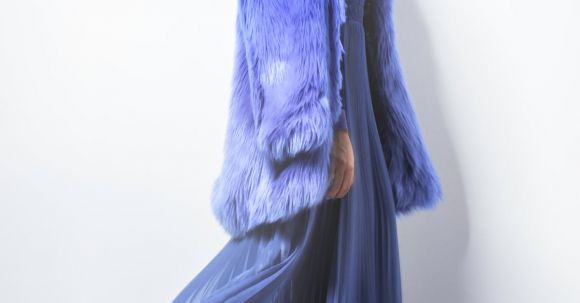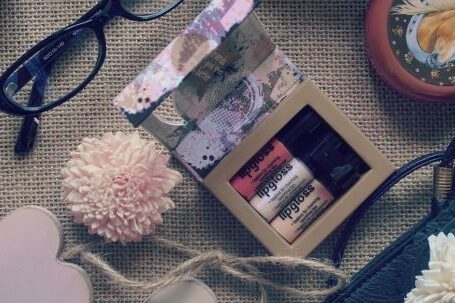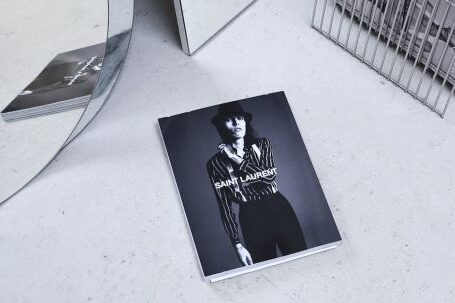When it comes to fashion, the perfect outfit is a combination of various elements carefully put together. From the style of the clothing to the accessories, every detail matters. However, one aspect that often goes overlooked is color coordination. The right color combination can make or break an outfit, elevating it from ordinary to extraordinary.
Color coordination involves selecting colors that complement each other and create a harmonious and visually appealing look. By understanding the basic principles of color theory, anyone can become a master at coordinating colors for their outfits.
The first principle to keep in mind is the color wheel. This circular chart displays the primary, secondary, and tertiary colors. By using the color wheel as a guide, one can easily determine which colors work well together. Complementary colors, which are opposite each other on the wheel, create a striking contrast when paired together. For example, blue and orange, or red and green, create a vibrant and eye-catching combination.
Another principle to consider is the concept of warm and cool colors. Warm colors, such as red, orange, and yellow, evoke feelings of energy and excitement. On the other hand, cool colors, like blue, green, and purple, create a sense of calmness and tranquility. By pairing warm and cool colors together, one can achieve a balanced and visually pleasing outfit. For instance, a red blouse paired with a cool-toned pair of jeans creates a dynamic and appealing look.
An important aspect of color coordination is understanding the concept of neutrals. Neutrals, such as black, white, gray, and beige, serve as a foundation for any outfit. They can be paired with any color and act as a canvas to highlight other colors. Neutrals are versatile and can create a sophisticated and timeless look when combined with bold or subtle colors.
In addition to understanding the color wheel and warm and cool colors, it is essential to consider the color undertones. Colors can have warm, cool, or neutral undertones, which can affect how they appear when combined. For example, a yellow dress with a cool undertone may clash with a red blazer with a warm undertone. By paying attention to undertones, one can ensure that the colors in an outfit harmonize with each other.
When coordinating colors, it is also crucial to consider the occasion and the desired mood. Bright and bold colors are perfect for making a statement or for a festive event, while softer and pastel shades create a more delicate and romantic vibe. By understanding the mood one wishes to convey, it becomes easier to select the appropriate color combination.
Color coordination is not limited to clothing alone. Accessories, such as shoes, bags, and jewelry, also play a vital role in completing an outfit. These accessories should complement the colors of the clothing and enhance the overall look. For example, a pair of red heels can add a pop of color to a black and white ensemble, creating a stylish and chic outfit.
In conclusion, color coordination is a fundamental aspect of creating the perfect outfit. By understanding the principles of color theory, one can select colors that complement each other and create a visually appealing look. The color wheel, warm and cool colors, neutrals, undertones, and the desired mood all contribute to a successful color coordination. So, the next time you put together an outfit, remember that the right color combination can make all the difference.





